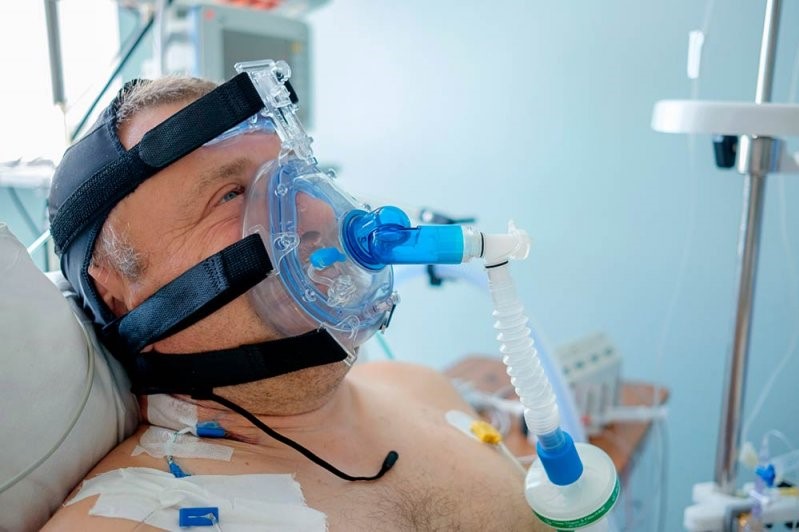
Acid-base balance: difference between acidosis and alkalosis, both metabolic and respiratory
The terms “acidosis” and “alkalosis”, in physiology and pathology, mean a condition characterized by the alteration of the pH of the blood plasma, due to an excess of acidity or basicity
Under normal conditions, the pH of our body’s blood is maintained within a narrow range between 7.35 and 7.45 to ensure the proper functioning of the metabolic processes and the release of the right amount of oxygen to the tissues.
That said, when the pH value is altered, two situations can occur:
- acidosis: consists of a decrease in pH below the value of 7.35 (acidemia);
- alkalosis: consists of an excessive basicity of the blood which causes the pH to rise above 7.45.
Some authors prefer to indicate this condition with the term “acidemia” and with “acidosis” any condition that tends to add acids or remove bases from body fluids, even in the presence of a still normal pH.
In theory, the term “acidosis” could refer to any extracellular body fluid
By convention – however – academically this term is applied to plasma, considering it representative of body water.
The causes that can determine these two conditions are extremely varied.
In fact, many ailments and pathologies can interfere with the pH control in the body and cause the blood pH to go beyond the normal limits, such as for example some types of fever, encephalitis, neoplasms, some types of diet, traumas, pathologies lung diseases, pregnancy, drugs, neuroses and thyroid diseases.
Respiratory and metabolic acidosis and alkalosis
Both acidosis and alkalosis can be classified into “respiratory” and “metabolic” based on the plasma concentration of bicarbonate and carbon dioxide, which when evaluated together provide a rough indication of the main systems involved.
In summary we are talking about:
- respiratory acidosis when the reduction (or tendency to decrease) in body plasma pH is linked to an increase in carbon dioxide (CO2) dissolved in the blood;
- metabolic acidosis when the reduction (or tendency to decrease) in body plasma pH is due to an accumulation of acids or a reduction in bicarbonates;
and of:
- respiratory alkalosis when the increase (or tendency to increase) in body plasma pH is caused by a decrease in carbon dioxide (CO2) dissolved in the blood;
- metabolic alkalosis when the increase (or tendency to increase) in body plasma pH is caused by a loss of acids or an accumulation of bicarbonates.
- anion gap
Calculation of the anion gap is often useful in the differential diagnosis of metabolic acidosis
The anion gap is calculated by subtracting the sum of the concentrations of Cl– and HCO3– from the plasma concentration of Na; an increase in the anion gap reveals the presence of an excess of acid equivalents, metabolic acidosis.
When normal anion gap metabolic acidosis is present, impaired renal H+ excretion should be suspected.
Read Also
Emergency Live Even More…Live: Download The New Free App Of Your Newspaper For IOS And Android
Fluids And Electrolytes, Acid-Base Balance: An Overview
Alterations In Acid-Base Balance: Respiratory And Metabolic Acidosis And Alkalosis
Anoxia: What It Is, What The Symptoms Are, And How To Treat The Patient
Difference Between Hypoxaemia, Hypoxia, Anoxia And Anoxia
Ventilatory Failure (Hypercapnia): Causes, Symptoms, Diagnosis, Treatment
What Is Hypercapnia And How Does It Affect Patient Intervention?
Hypoxemia: Meaning, Values, Symptoms, Consequences, Risks, Treatment
Hypercapnia: Values, Therapy, Consequences And Treatment
Obstructive Sleep Apnoea: What It Is And How To Treat It
Obstructive Sleep Apnoea: Symptoms And Treatment For Obstructive Sleep Apnoea
Our respiratory system: a virtual tour inside our body
Tracheostomy during intubation in COVID-19 patients: a survey on current clinical practice
FDA approves Recarbio to treat hospital-acquired and ventilator-associated bacterial pneumonia
Clinical Review: Acute Respiratory Distress Syndrome
Stress And Distress During Pregnancy: How To Protect Both Mother And Child
Respiratory Distress: What Are The Signs Of Respiratory Distress In Newborns?
Pneumology: Difference Between Type 1 And Type 2 Respiratory Failure


